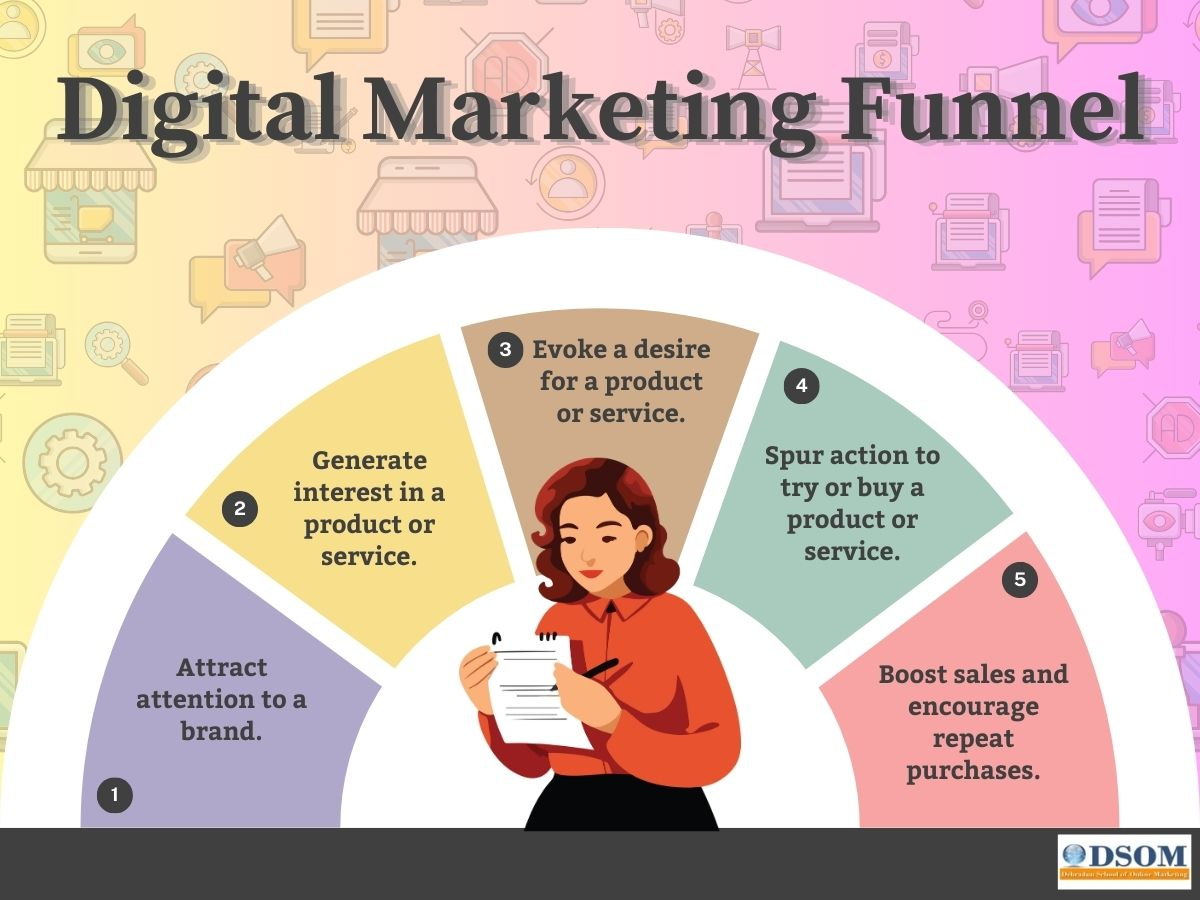As a graphic designer it is important to have portfolio, because it is an essential tool for any every graphic designer which help to showcase their work skills and attract potential clients. It is a collection of your best work that demonstrates your skills, creativity, and style. Creating a portfolio can be a daunting task, but with the right tips, you can create a portfolio that stands out and impresses potential clients. Here are some tips on how to create a graphic design portfolio.
- Determine Your Purpose
Before creating your portfolio is it necessary to determine that what is the purpose of creating portfolio? What do you want to achieve with your graphic designing portfolio? Do you want to attract new clients, showcase your skills to potential employers, or simply display your work to the world? Your purpose will determine the content, style, and format of your portfolio.
- Choose Your Best Work
Your portfolio is a reflection of your skills and creativity, so it’s very important to choose your best work. Select that pieces of works that showcase your range of skills, your style, and your ability to solve design problems. Be selective and choose pieces that demonstrate your ability to work on a variety of projects, from branding to web design.
- Create a Consistent Style
Creating a consistent style throughout your portfolio is important. It helps to showcase your personal brand and creates a cohesive look that is easy to navigate. Use a consistent color palette, typography, and layout throughout your portfolio to create a professional and polished look.
- Include Process Work
Including your process work is a great way to showcase your design thinking and problem-solving skills. This can include sketches, wireframes, and mockups. It’s important to show your process, as it demonstrates your ability to think critically and creatively.
- Use High-Quality Images
Using high-quality images is essential when creating a portfolio. Poor-quality images can detract from your work and make it look unprofessional. Always use high-resolution images that are clear and easy to see in your portfolio. If possible, include images of your work in action, such as a website or brochure.
- Show Your Range of Skills
Your portfolio should showcase your range of skills, from branding to web design. Including a different types of projects in your portfolio show your versatility and ability to work on variety of projects. This can help to attract a wider range of clients and employers.
- Keep it Simple
Keep your portfolio simple and easy to navigate. Use a clean and simple layout that highlights your work and makes it easy for potential clients to find what they are looking for. Don’t make it too messy.
- Include Your Contact Information
Including your contact information is essential when creating a portfolio. Make it easy for potential clients to contact you by including your email address, phone number, and social media handles. This can help to attract new clients and make it easy for them to get in touch with you.
- Get Feedback
Getting feedback on your portfolio is important. Ask friends, family, and colleagues to review your portfolio and provide feedback. This can help you to identify areas for improvement and make changes that will make your portfolio stand out.
- Keep it Up to Date
At last but not the least, it’s important to keep your graphic designing portfolio up to date. Add new projects as you complete them and remove older projects that no longer represent your best work. Keeping your portfolio up to date demonstrates your commitment to your work and your willingness to grow and improve.
In conclusion, creating a graphic design portfolio is an essential step for any designer looking to showcase their work and attract potential clients. By following these tips, you can create a portfolio that stands out and impresses potential clients. Remember to keep it simple, consistent, and up to date, and you’ll be well on your way to creating a portfolio that showcases your skills and creativity.
 How to Turn Your Photos into Ghibli-Style Art with ChatGPT for Free
How to Turn Your Photos into Ghibli-Style Art with ChatGPT for Free Top 10 AI Tools for Plagiarism-Free Content Writing: Boost Your SEO & Digital Marketing Efforts
Top 10 AI Tools for Plagiarism-Free Content Writing: Boost Your SEO & Digital Marketing Efforts The Rise of Graphic Designing in 2025: A Career Guide.
The Rise of Graphic Designing in 2025: A Career Guide. The Rise of Video Editing: A Crucial Skill in 2025
The Rise of Video Editing: A Crucial Skill in 2025 Top 10 Digital Marketing trends in 2025
Top 10 Digital Marketing trends in 2025 Common Mistakes in Digital Marketing and How to Avoid Them 2025
Common Mistakes in Digital Marketing and How to Avoid Them 2025 The Future of Digital Advertising: What You Need to Know
The Future of Digital Advertising: What You Need to Know Social Media Marketing in 2024: Strategies for Maximum Engagement
Social Media Marketing in 2024: Strategies for Maximum Engagement Building a Successful Digital Marketing Funnel: A Step-by-Step Guide
Building a Successful Digital Marketing Funnel: A Step-by-Step Guide 5 ways to make money from home using AI (Artificial-Intelligence) in 2024
5 ways to make money from home using AI (Artificial-Intelligence) in 2024